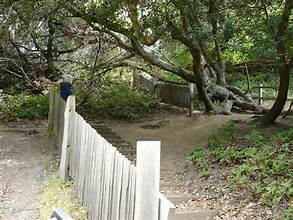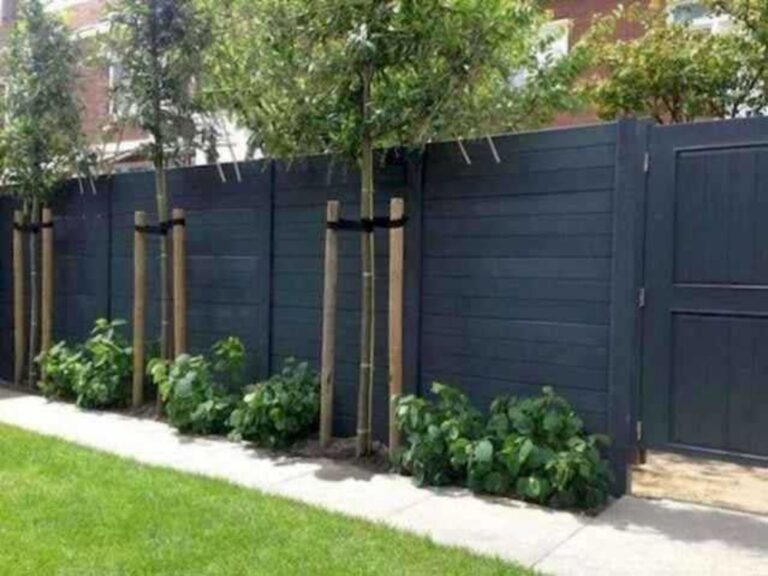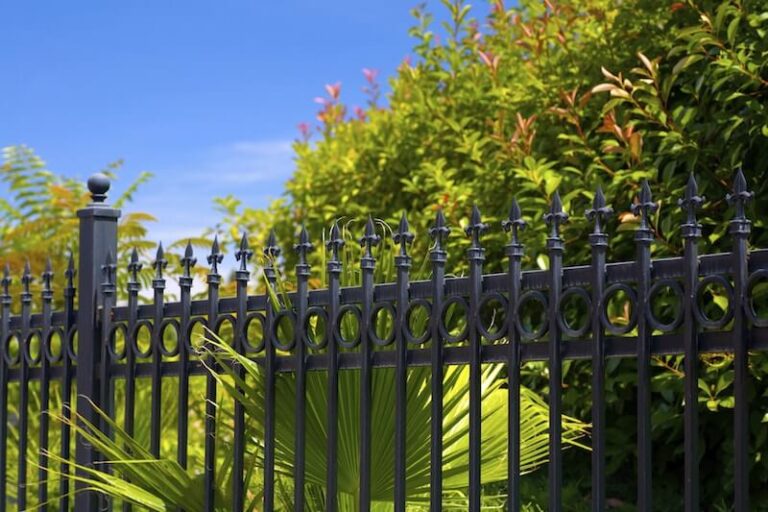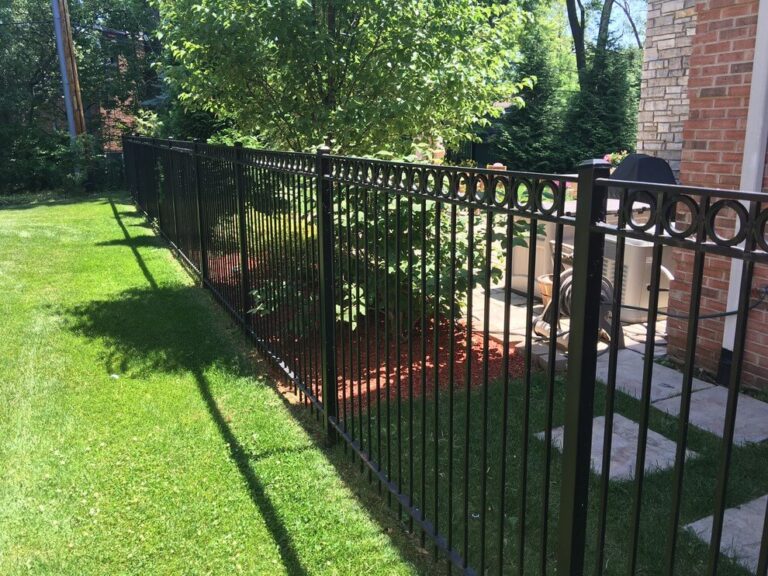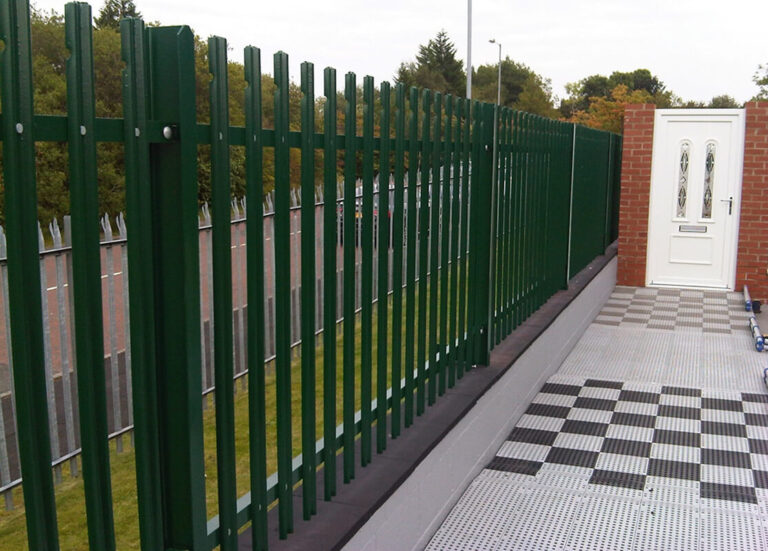When choosing fencing in seismic activity areas, consider flexible materials like chain-link or vinyl instead of rigid ones like concrete or steel. Additionally, prioritize proper installation and reinforcement to ensure the fence can withstand seismic impacts.
Living in a seismic activity zone presents unique challenges when it comes to selecting fencing for your property.
The frequent ground movement and potential for earthquakes require careful consideration of the material and design to ensure safety and durability.
By choosing the right fence, property owners can mitigate potential damage and protect their surroundings in the event of seismic activity.
We will explore important tips for selecting fencing in seismic activity areas, ensuring you can make an informed decision that meets your specific needs and circumstances.

Understanding Seismic Activity Zones
In addition to understanding seismic zones, it’s essential to partner with a fencing contractor who has expertise in earthquake-resistant designs.
For those in seismic areas, the right expertise is crucial for ensuring the durability and safety of your fencing.
This is where San Mateo Fencing stands out. With their comprehensive knowledge in crafting fences that withstand seismic events, they are a wise choice for those looking to combine aesthetics with resilience.
If you’re in a seismic zone and need reliable fencing solutions, Don’t Wait, Book Your Consultation today to get expert advice tailored to your unique needs.
Definitions And Classification
Seismic activity zones are defined and classified based on factors such as historical seismic events, fault lines, and geological surveys.
These zones are categorized into different levels of seismic activity, ranging from low to high risk.
For example, areas located near tectonic plate boundaries are typically considered high-risk seismic zones, while regions with minimal historical seismic activity may fall into low-risk zones.
Impact On Fencing Material Selection
Seismic activity has a significant impact on the selection of fencing materials, as not all materials can withstand the potential ground movement and shaking caused by earthquakes.
Choosing durable materials such as steel, wrought iron, or aluminum can provide better resistance to seismic forces.
Avoid incorporating brittle materials like rigid PVC or low-quality wood that are prone to cracking or breaking under seismic stress.
When installing fences in seismic activity zones, it is essential to use flexible designs and construction techniques that allow for movement without compromising structural integrity.
Welded wire mesh or chain-link fences offer good flexibility and can minimize the risk of collapse during seismic events.
Regular inspections and maintenance of fencing structures are also important to ensure they remain capable of withstanding seismic activity.
Flexible And Resilient Options
When considering fencing options in areas prone to seismic activity, it’s crucial to prioritize flexible and resilient options that can withstand ground movement and mitigate the impact of seismic forces.
The adaptability to ground movement and the durability and resistance to seismic forces are key aspects to consider when choosing fencing in these areas.
Adaptability To Ground Movement
Flexible fencing materials such as chain-link, wire mesh, or certain types of wood can effectively adapt to ground movement during seismic events.
These materials have the ability to flex and move, minimizing the risk of structural damage or collapse.
Additionally, consider options that can be easily adjusted or repaired in the event of ground shifting post-seismic activity.
Durability And Resistance To Seismic Forces
When selecting fencing for seismic activity areas, prioritize materials known for their durability and resilience.
Steel, aluminum, and composite materials are excellent choices due to their strength and ability to withstand the impact of seismic forces.
Look for fencing designs that have been specifically engineered to resist seismic activity, such as reinforced posts and foundations, which can significantly enhance the overall stability and performance of the fence.
Anchoring Systems And Proper Support
When choosing fencing for areas prone to seismic activity, it is crucial to consider the anchoring systems and proper support to ensure the structural integrity of the fence.
Proper anchoring and support play a key role in mitigating the impact of seismic events on the fencing, safeguarding the surrounding property, and enhancing overall safety.
Seismic Retrofitting Techniques
Seismic retrofitting techniques are essential for reinforcing fencing in areas prone to seismic activity.
Utilizing retrofitting methods such as adding additional bracing or reinforcing existing support structures can significantly strengthen the fence’s ability to withstand seismic forces.
When selecting fencing materials, prioritize those that are compatible with seismic retrofitting techniques to ensure long-term stability and resilience.
Regular Inspection And Repair Measures
Regular inspections and timely repairs are crucial for maintaining the efficacy of the anchoring systems and support structures.
Implementing a proactive maintenance schedule, including visual inspections for signs of wear or damage, and promptly addressing any issues detected can prevent potential hazards and prolong the life of the fencing system.
Incorporating high-quality materials and components in the support system can also minimize the need for frequent repairs.
Frequently Asked Questions
How Does Seismic Activity Affect Fencing Installations?
Seismic activity can cause ground movement, impacting the stability and integrity of fencing structures.
What Are The Best Fencing Materials For Seismic Areas?
Steel and composite materials are recommended for their strength and flexibility in seismic-prone regions.
How Can Fencing Design Mitigate Seismic Impact?
Incorporating flexible joints and deep foundations can help fencing systems withstand seismic forces.
Conclusion
Choosing fencing in seismic areas requires careful consideration of materials and installation methods.
By prioritizing durability and flexibility, homeowners can better protect their properties from potential damage during seismic activity.
Consulting with experts and staying informed about local building codes will ensure the selection of a suitable and resilient fencing solution.

